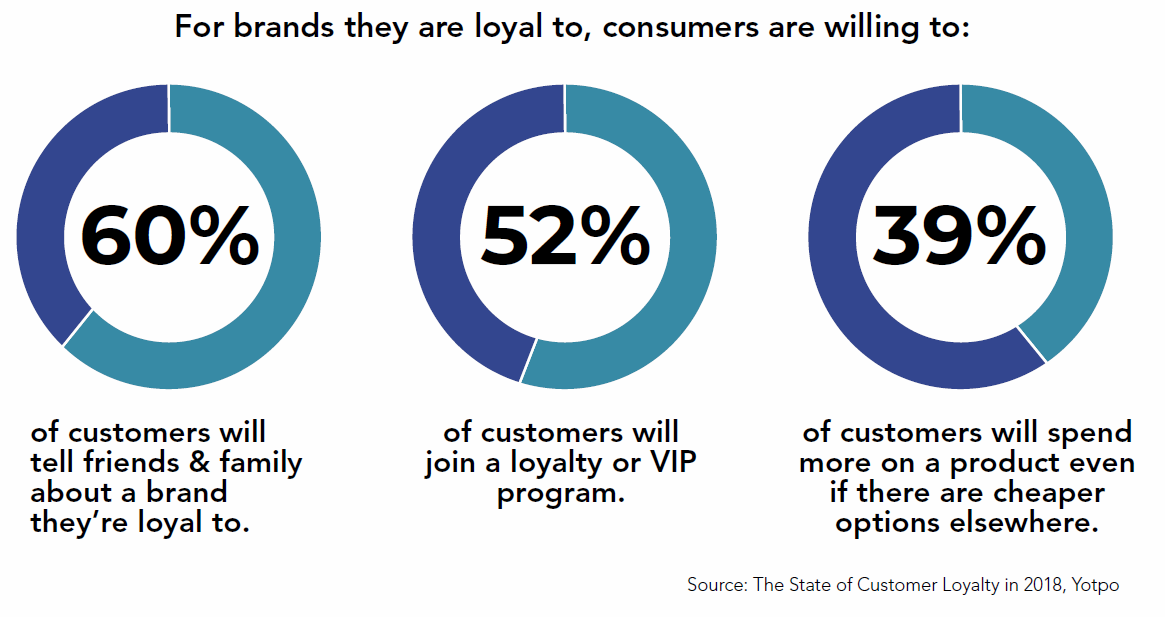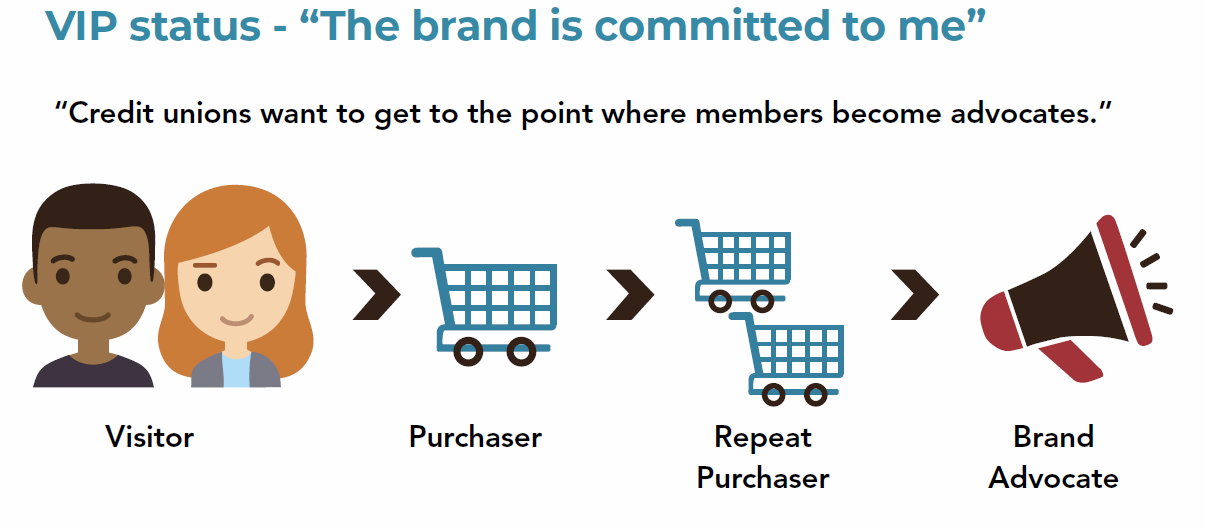Cut Through the Noise and Deliver Value Members Want

Consumers always want the most value for their money, which explains the immense draw of discounts. As a marketing device, discounts are transformative. When Atlanta businessman Asa Candler produced the first coupon to go along with the marketing for a then-insignificant beverage called Coca-Cola, he was able to capture the attention of thousands of customers almost overnight.
Consumers have come a long way since cutting coupons out of newspapers and the backs of cereal boxes, but the draw of a good deal remains. What has changed is the the way consumers engage with discounts, how they get these discounts, and their concept of value. So, naturally, organizations are grappling with how to change their loyalty and rewards programs to adapt to the new paradigm of consumer-first marketing.
What a rewards/loyalty program needs:
- Communicates value - “A strong offer.”
- Awareness - “The brand cuts through the noise.”
- VIP status - “The brand is committed to me.”
Communicates value - “A strong offer”
The ultimate demand from consumers is to gain more value for the money they spend. Or in the case of credit unions, more value from the relationship between the member and their credit union. In today’s hyper-connected marketing environment, consumers feel constant pressure to get the best deal for a purchase. What coupons or deals are available? Where can they get them? What combination of deals is the most effective? This is “deals fatigue” and can be counterproductive for businesses because when consumers are confused on how to get the best value, they often jump to a competitor that offers a simpler, guided deal experience. In addition to being exclusive, credit union rewards programs need to be simple to understand and redeem, without requiring consumers to jump through a lot of hoops. Having a lot of options for deals can lead to deal fatigue. By limiting the options consumers have, it’s easier to pick out what works best for them.
Awareness - “The brand cuts through the noise”
Consumers have brand loyalty for a reason: that brand has repeatedly demonstrated remarkable value and service. How long does it take for a consumer to become loyal to a brand? According to a recent survey by customer experience management firm Infomoment, 77 percent of consumers have been doing business with their trusted brands for 10 years or more. Another survey, by cloud solutions provider YotPo, found that 37 percent of consumers consider themselves to be loyal to a brand after more than five purchases, and 33 percent say the same after three purchases.

Obviously, it takes a significant amount of time to build consumer loyalty and raise engagement. What if credit unions can borrow some clout? Partnerships with trusted brands can help credit unions leverage the brand loyalty of their partners. However, organizations should be wary of the downsides: a negative impact to a partner’s brand reputation can affect their own.
VIP status - “The brand is committed to me”

Consumers expect businesses to tailor loyalty programs to suit their needs, and they don’t mind sharing some information about themselves for this purpose as long as it provides them with a better shopping experience. According to the 2018 Personalization Pulse Check from Accenture Interactive, 91 percent of consumers are more likely to shop with brands that recognize, remember, and provide them with relevant offers and recommendations. But be careful in gathering data. While consumers are generally tolerant of businesses collecting some information, they do have limits. Around 73 percent of consumers said no retailer or brand has communicated with them in a way that felt "too personal." Among the 27 percent who did feel the brand overstepped their bounds, 64 percent were uncomfortable because they didn't willingly provide the data used.
Loyalty and rewards programs are big business — according to the 2017 COLLOQUY Loyalty Census, there are an estimated 3.8 billion loyalty accounts in the U.S. alone. Financial services account for 17 percent of that number — nearly 664.1 million membership accounts. Those are a lot of opportunities for engendering deeper financial brand loyalty and turning members into advocates.
« Return to "CUSG Blog Corner"